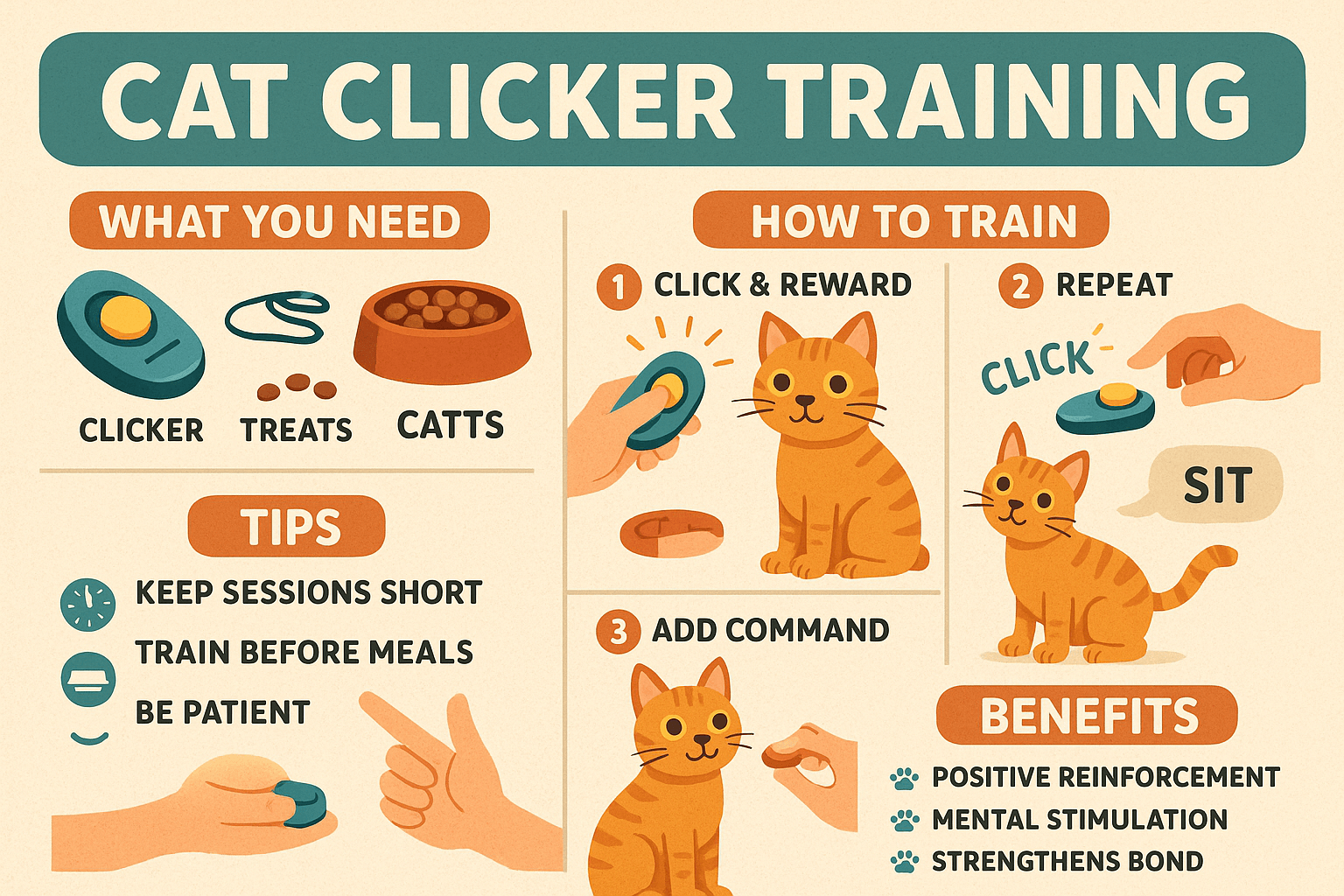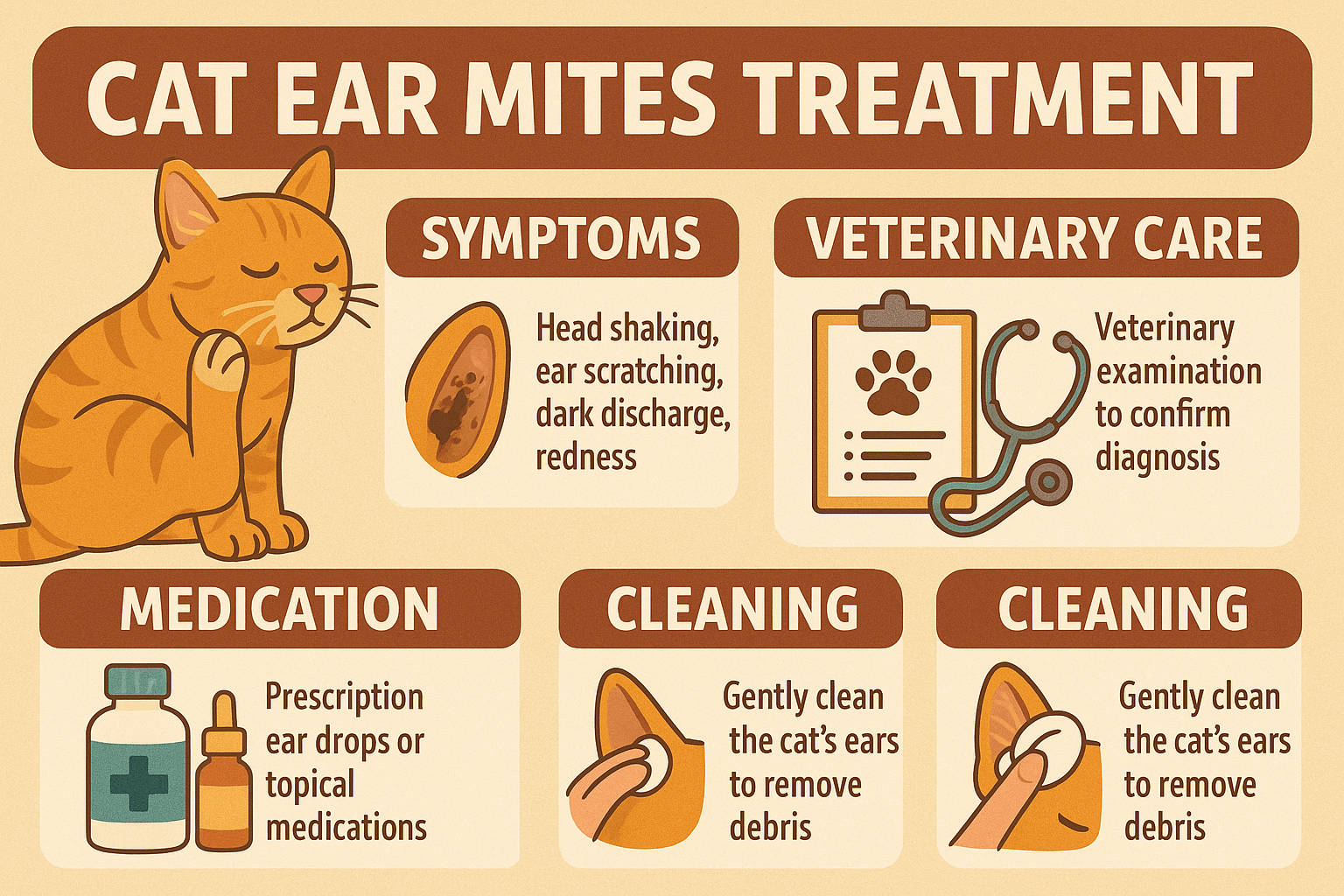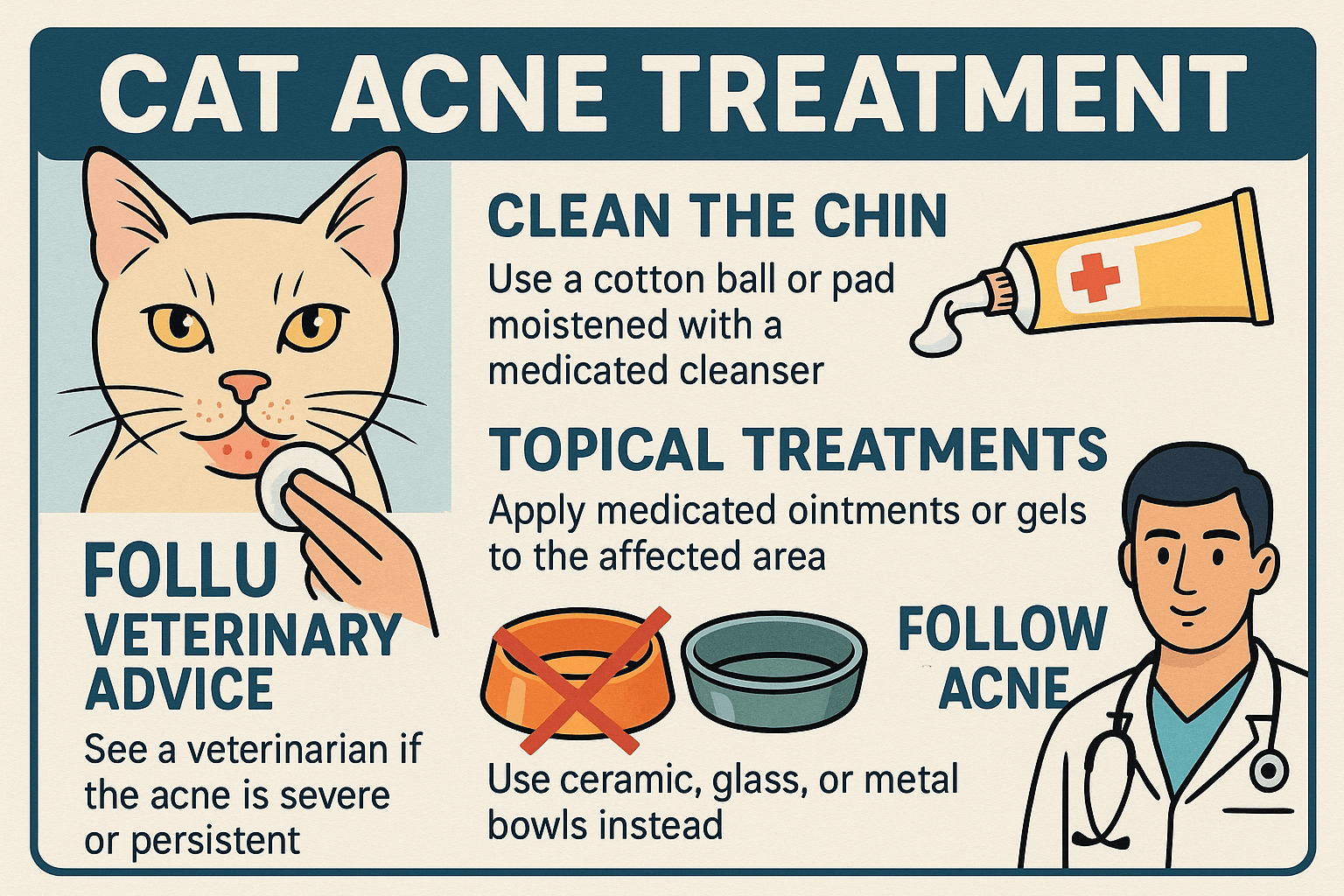Can Cats Eat Eel?
Cats are naturally curious creatures, and their fascination with food often extends beyond their usual kibble or wet food. If you’ve ever wondered whether your feline friend can safely enjoy eel, you’re not alone. Eel, with its rich flavor and unique texture, might seem like an exotic treat for your cat. However, as with any human food, it’s essential to understand the potential risks and benefits before offering it to your pet. In this blog post, we’ll explore whether cats can eat eel, what precautions to take, and how to ensure your cat’s diet remains balanced and safe. Let’s dive into the details to help you make an informed decision about sharing this seafood delicacy with your furry companion.
Potential Benefits of Feeding Eel to Cats
While eel isn’t a typical ingredient in commercial cat food, it does offer some nutritional benefits that could appeal to your cat’s carnivorous nature. Here’s what makes eel a potentially valuable addition to their diet.
High Protein Content:
Eel is rich in protein, which is essential for maintaining muscle mass and supporting overall health in cats.Omega-3 Fatty Acids:
These healthy fats promote skin and coat health, reduce inflammation, and support brain function.Low Carbohydrates:
Eel contains minimal carbs, making it a suitable option for cats, who thrive on low-carb diets.Vitamins and Minerals:
Eel provides nutrients like vitamin A, vitamin D, and selenium, which contribute to immune health and proper bodily functions.Palatability:
Many cats enjoy the taste of fish, and eel’s unique flavor may entice even picky eaters.
While these benefits are appealing, moderation and preparation are key to ensuring eel is safe for your cat.
Risks of Feeding Eel to Cats
Despite its nutritional value, eel comes with certain risks that every cat owner should be aware of before introducing it to their pet’s diet.
High Sodium Content:
Eel, especially if prepared for human consumption, often contains high levels of salt, which can lead to dehydration or kidney issues in cats.Bones and Choking Hazards:
Small bones in eel can pose choking risks or cause internal injuries if swallowed.Allergic Reactions:
Some cats may develop allergies or sensitivities to seafood, including eel, leading to digestive upset or skin irritations.Parasites and Bacteria:
Raw or improperly cooked eel may harbor parasites or harmful bacteria like Salmonella or Listeria.Heavy Metals:
Eel can contain traces of mercury or other contaminants, which may accumulate in your cat’s system over time.
Understanding these risks helps you make an informed decision about whether eel is appropriate for your cat.
Check this guide 👉Can Cats Eat Protein Powder? Best 7 Expert Tips!
Check this guide 👉Can Cats Eat Sweet Potatoes? Best 7 Expert Tips!
Check this guide 👉Can Cats Eat Warm Food? Best 7 Expert Tips!

Safe Preparation Tips for Eel | Foods to Avoid Giving Cats |
|---|---|
Cook eel plain, without seasoning | Eel with added salt or spices |
Remove all bones before serving | Raw or undercooked eel |
Serve eel in small, occasional portions | Eel marinated in sauces or oils |
Check for freshness and quality | Processed eel products (e.g., smoked) |
Consult your vet before introducing | Eel combined with toxic foods (onions) |
How to Safely Introduce Eel to Your Cat
If you decide to offer eel to your cat, it’s crucial to do so carefully and responsibly. Follow these guidelines to minimize risks and ensure a positive experience.
Start with Small Portions:
Offer a tiny piece of eel to see how your cat reacts before giving larger amounts.Cook Thoroughly:
Always cook eel thoroughly to eliminate potential parasites or bacteria. Avoid frying or adding oil.Remove All Bones:
Inspect the eel carefully and remove any bones to prevent choking or injury.Avoid Seasonings:
Skip salt, garlic, onions, or other seasonings, as they can be toxic to cats.Monitor for Reactions:
Watch for signs of digestive upset, allergic reactions, or behavioral changes after feeding.
By following these steps, you can safely introduce eel as an occasional treat for your cat.
Signs Your Cat May Not Tolerate Eel
Even if eel is prepared safely, some cats may not tolerate it well. Recognizing these warning signs ensures you can act quickly if something goes wrong.
Vomiting or Diarrhea:
These symptoms may indicate digestive distress or an intolerance to eel.Loss of Appetite:
If your cat refuses to eat after trying eel, it could signal discomfort or illness.Excessive Drooling:
Drooling can be a sign of nausea or irritation caused by consuming eel.Lethargy or Weakness:
A sudden lack of energy may suggest poisoning or an adverse reaction.Skin Irritations or Itching:
Allergic reactions to eel can manifest as redness, itching, or swelling around the face or paws.
If you notice any of these signs, contact your veterinarian immediately for guidance.
Common Mistakes to Avoid When Feeding Eel to Cats
Feeding eel to your cat requires careful consideration to avoid mistakes that could harm their health. Here are some pitfalls to watch out for.
Feeding Too Much at Once:
Overfeeding eel can upset your cat’s stomach and unbalance their diet. Stick to small portions.Using Seasonings or Sauces:
Spices, oils, and marinades are unsafe for cats and should never be used when preparing eel.Ignoring Quality Control:
Always choose fresh, high-quality eel to minimize the risk of contamination or spoilage.Assuming Eel Is a Complete Meal:
Eel lacks essential nutrients found in balanced cat food and should never replace their regular diet.Neglecting Veterinary Advice:
Skipping a professional opinion can lead to unknowingly harming your cat with inappropriate food choices.
Avoiding these mistakes ensures a safer and healthier experience for your cat.
Alternatives to Eel for Cats Who Love Seafood
If you’re hesitant about feeding eel, there are plenty of safer alternatives that satisfy your cat’s craving for seafood while minimizing risks.
Cooked Salmon:
Rich in omega-3 fatty acids, salmon is a nutritious and widely accepted treat for cats.Tuna (in Moderation):
Plain, cooked tuna can be an occasional treat, but avoid canned varieties with added salt or oil.Sardines (Plain):
Sardines are small, boneless, and packed with nutrients, making them a safer seafood option.Fish-Based Cat Food:
Commercial cat foods formulated with fish provide balanced nutrition without the risks of raw or seasoned fish.Shellfish (Cooked):
Shrimp or crab, when cooked plainly, can be a tasty and safe alternative for seafood-loving cats.
These alternatives allow you to cater to your cat’s preferences while keeping them safe.
Understanding Your Cat’s Natural Instincts Around Seafood
Cats are naturally drawn to seafood due to their evolutionary history as hunters and carnivores. Understanding their instincts helps explain their fascination with foods like eel.
Hunting Behavior:
Wild cats often consume fish when available, making seafood appealing to domestic cats as well.Strong Sense of Smell:
Cats are attracted to the strong aroma of fish, which stimulates their appetite and curiosity.Nutrient Seeking:
Fish contains nutrients like taurine and omega-3s, which are essential for feline health and development.Variety in Diet:
Cats crave diversity in flavors and textures, and seafood offers a change from their usual meals.Territorial Marking:
Some cats may show possessive behavior around food, especially when offered something as enticing as eel.
By recognizing these behaviors, you can better address your cat’s needs in a safe and controlled manner.
Frequently Asked Questions About Cats and Eel
Can cats eat raw eel?
No, raw eel may contain harmful bacteria or parasites. Always cook it thoroughly before offering it to your cat.
How often can I give my cat eel?
Eel should only be given occasionally, as a treat, and not as a regular part of their diet.
Is smoked eel safe for cats?
Smoked eel often contains high levels of salt and preservatives, making it unsuitable for cats.
What should I do if my cat accidentally eats eel with bones?
Monitor your cat closely for signs of choking or discomfort. Contact your vet if you notice any issues.
Are there safer fish alternatives for cats?
Yes, cooked salmon or tuna (in moderation) are safer options for cats compared to eel.
Prioritizing Your Cat’s Health When Offering Eel
While eel can provide some nutritional benefits, it’s not a necessity in your cat’s diet and should be treated as an occasional indulgence rather than a staple. By understanding the risks and taking precautions, you can ensure that any eel you offer is safe and enjoyable for your feline friend. Always prioritize your cat’s health and consult your veterinarian before introducing new foods. Remember, a happy and healthy cat is one whose diet is balanced, varied, and tailored to their specific needs.
Cat Clicker Training: Best 7 Expert Tips! Discover how to train your cat using clicker techniques, improve behavior, and strengthen your bond with simple, effective strategies.
Lorem ipsum dolor sit amet, consectetur adipiscing elit. Ut elit tellus, luctus nec ullamcorper mattis, pulvinar dapibus leo.
Cat Ear Mites Treatment: Best 7 Expert Tips! Discover effective solutions to treat and prevent ear mites in cats, ensuring your pet's comfort and health with expert advice.
Cat Acne Treatment: Best 7 Expert Tips! Discover effective remedies, prevention strategies, and expert advice to treat and manage feline acne for a healthier, happier cat.




